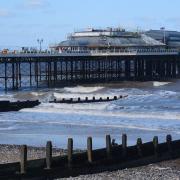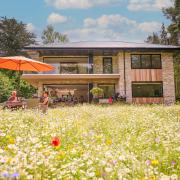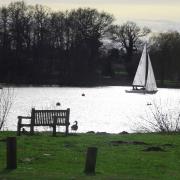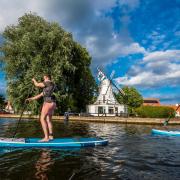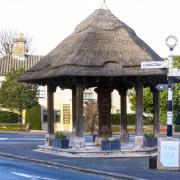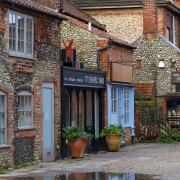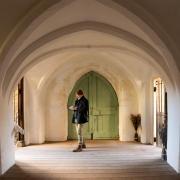Five fabulous facts about the coastal town on the north coast of Norfolk.
How should you describe Cromer Pier?
Peerless
Even with the summer end-of-the-pier production barely a glimmer on the horizon, the pier is still the perfect setting for daily sunrise and sunset shows. And if you want to see both, January is ideal, with the sun rising late and setting early.
Cromer had a pier, or a least a jetty sticking out into the sea by 1391. Over the centuries a series of wooden piers were destroyed by storms, with the final structure succumbing in 1890.
By then Cromer had added fashionable seaside resort to its fishing heritage and a splendid new iron pier was commissioned. It opened in 1901 with a bandstand at the end – which was soon converted into an enclosed pavilion, hence the Pavilion Theatre.
What’s at the end of the pier?
A theatre, a show, a lifeboat
Cromer’s Pavilion Theatre is the only end-of-the-pier theatre with its own in-house summer and Christmas shows. The variety format means every performance is packed with song, dance, magic and comedy, aimed at all the family. State-of-the-art lighting, projection and special effects, plus fabulous costumes and stage sets bring West End production values. This summer’s Cromer Pier Show runs from June 29 to September 28.
Even further along the pier is the lifeboat station. Lifeboats have been launched here for more than a century and visitors can often see the boat from a viewing gallery. Cromer’s proud lifeboat history is also celebrated at the Henry Blogg Museum beside the Rocket House and in stone at the entrance to the pier, each standing stone representing one of the town’s lifeboats and pointing in the direction of a notable rescue – with information inscribed on the paving.
Hero Henry Blogg joined the Cromer Lifeboat crew in 1894 and is credited with saving a phenomenal 873 lives. He rowed through mountainous seas to rescue stricken sailors in hundreds of acts of almost superhuman heroism. No lifeboatman has saved more souls or won more gallantry medals.
Who links Cromer fishermen, a future king, Britain’s first female MP, a suffragette, a pioneering female doctor and two prime ministers?
Britain’s first official female war photographer
Olive Edis worked on the battlefields of France and Flanders in 1918. She also took some of the earliest colour photographs and numerous portraits. Sitters included the future King George VI, prime ministers Herbert Asquith and David Lloyd George, Emmeline Pankhurst, Nancy Astor, Elizabeth Garrett Anderson, Thomas Hardy and George Bernard Shaw. She had a studio in Cromer and her story is told in Cromer Museum.
What’s so special about Cromer crabs?
Everything (including the world’s longest chalk reef, railways and their sweet flavour)
Cromer's famous crabs are actually simply brown crabs. But crabs caught off Cromer for centuries are believed to owe their exceptional sweetness to the chalk reef just off the coast, where a host of wildlife flourishes. Cromer crabs found national and international renown when the railways arrived and they were taken by train to sell in London.
Cromer crabs even have a (sharing) festival. This year's Cromer Crab and Lobster Festival, May 17-19, will include crustacean-based cookery and entertainment.
How do you keep the vegetation under control on a precipitous cliff?
Install a herd of goats
Adorable black and white goats graze the steep hills along the seafront every summer. The hardy Bagot goats – Britain's oldest documented breed – usually overwinter elsewhere but one year a goat was so keen on the sea air she evaded the end-of season exodus and enjoyed a bracing winter in Cromer too.











